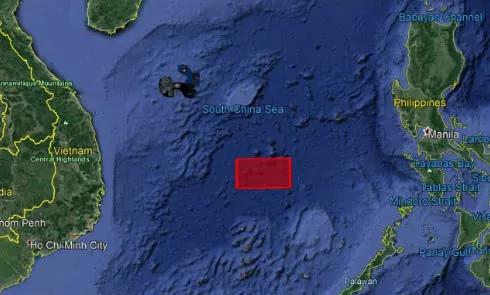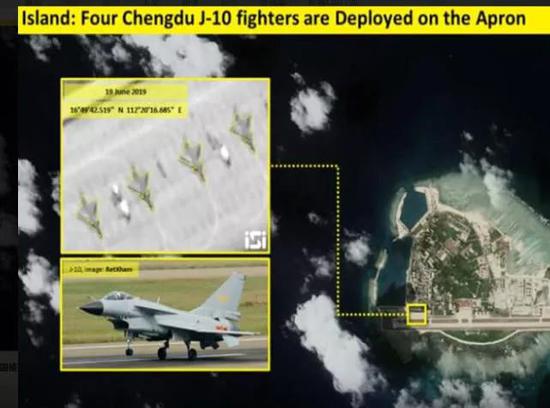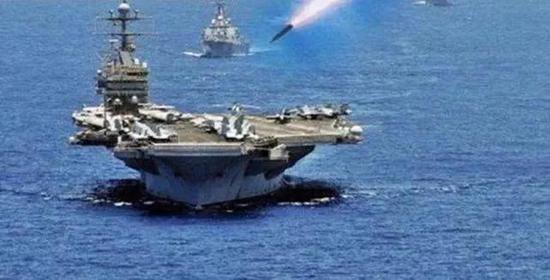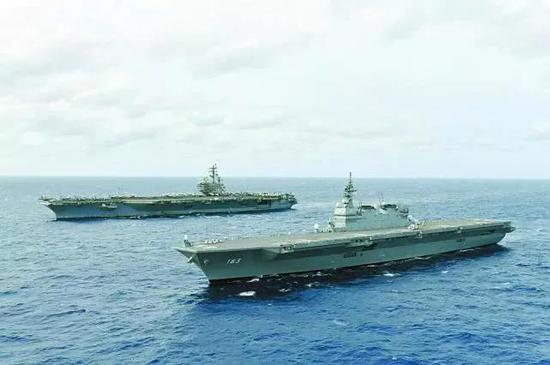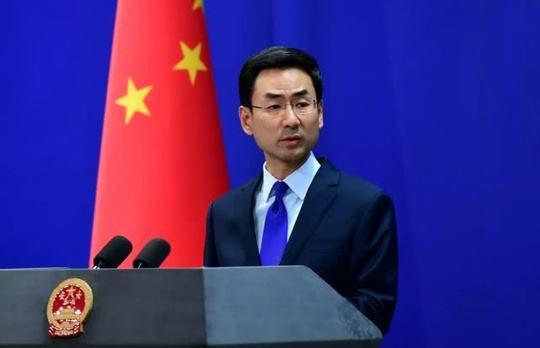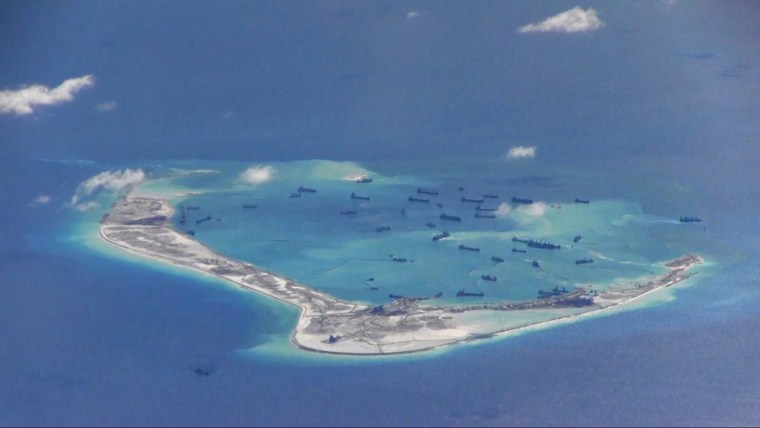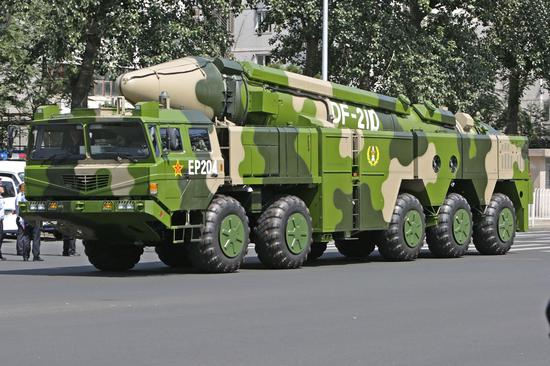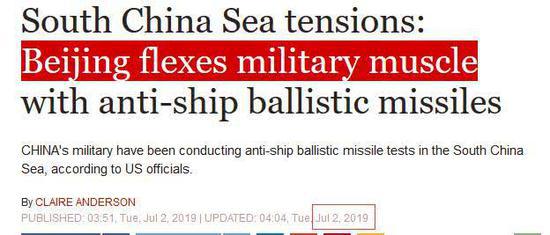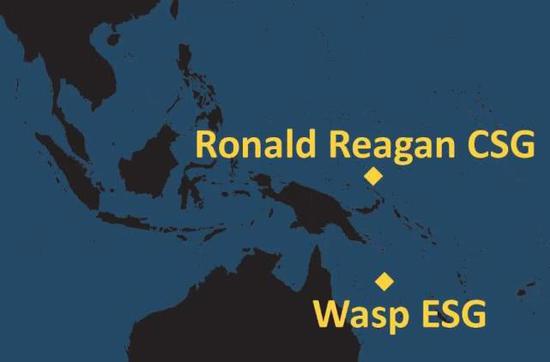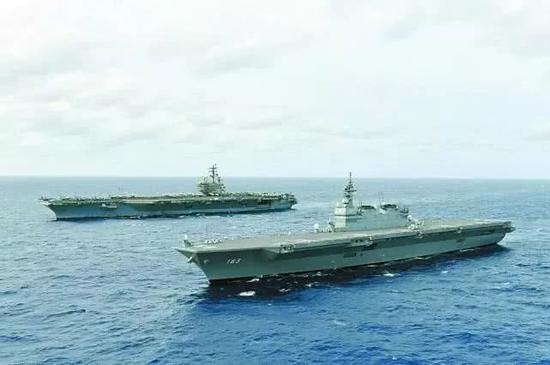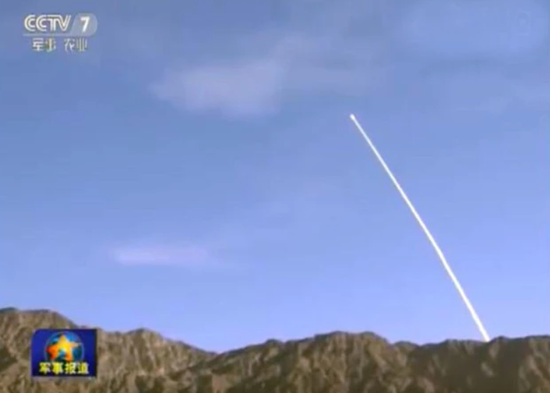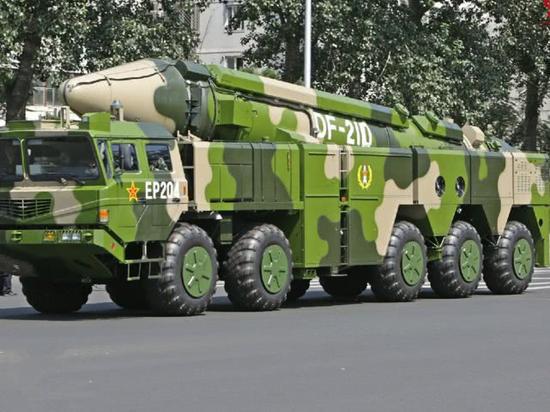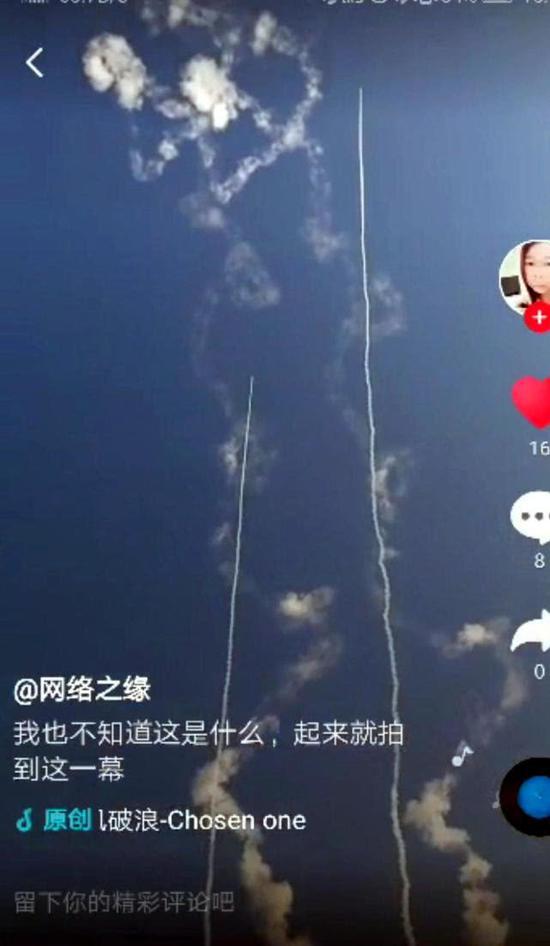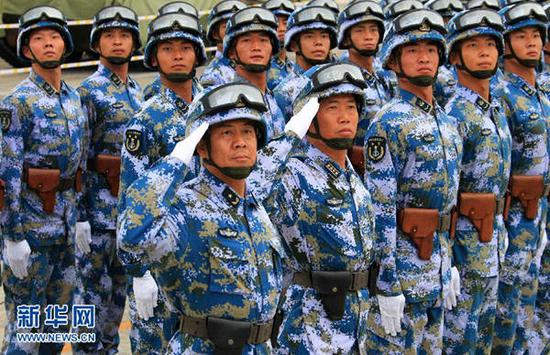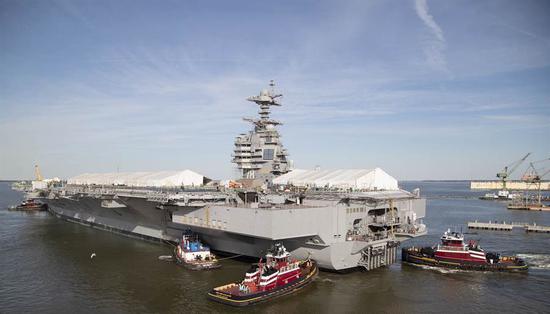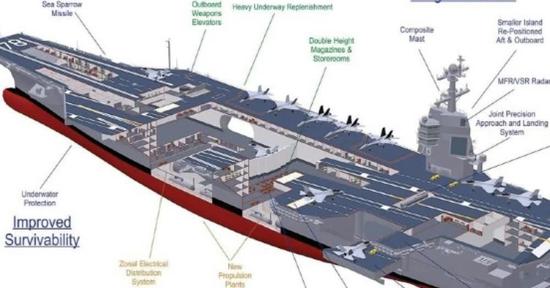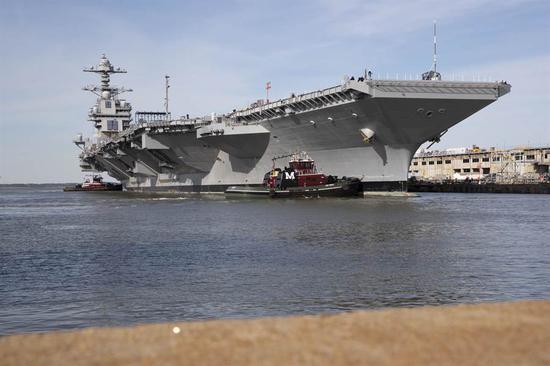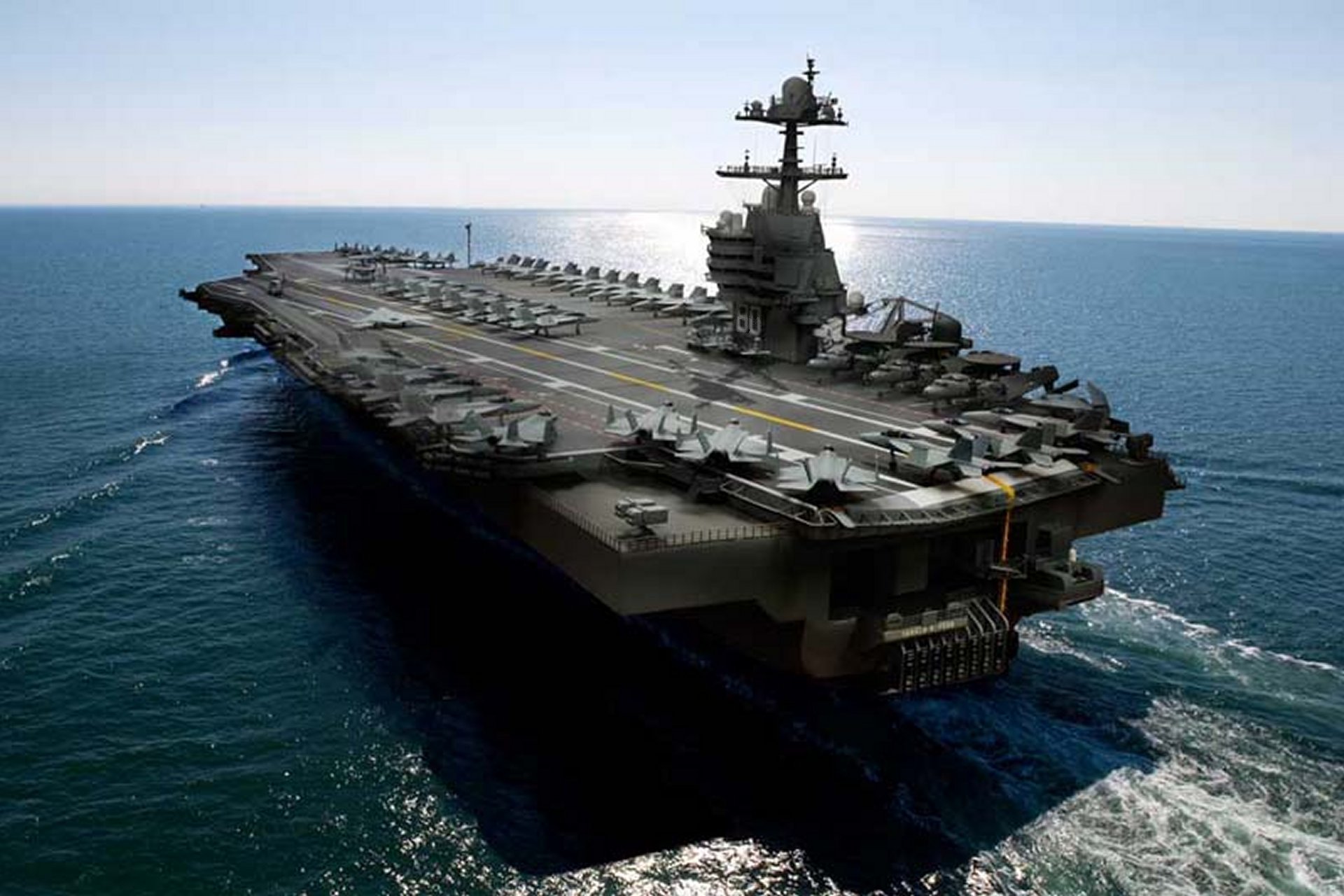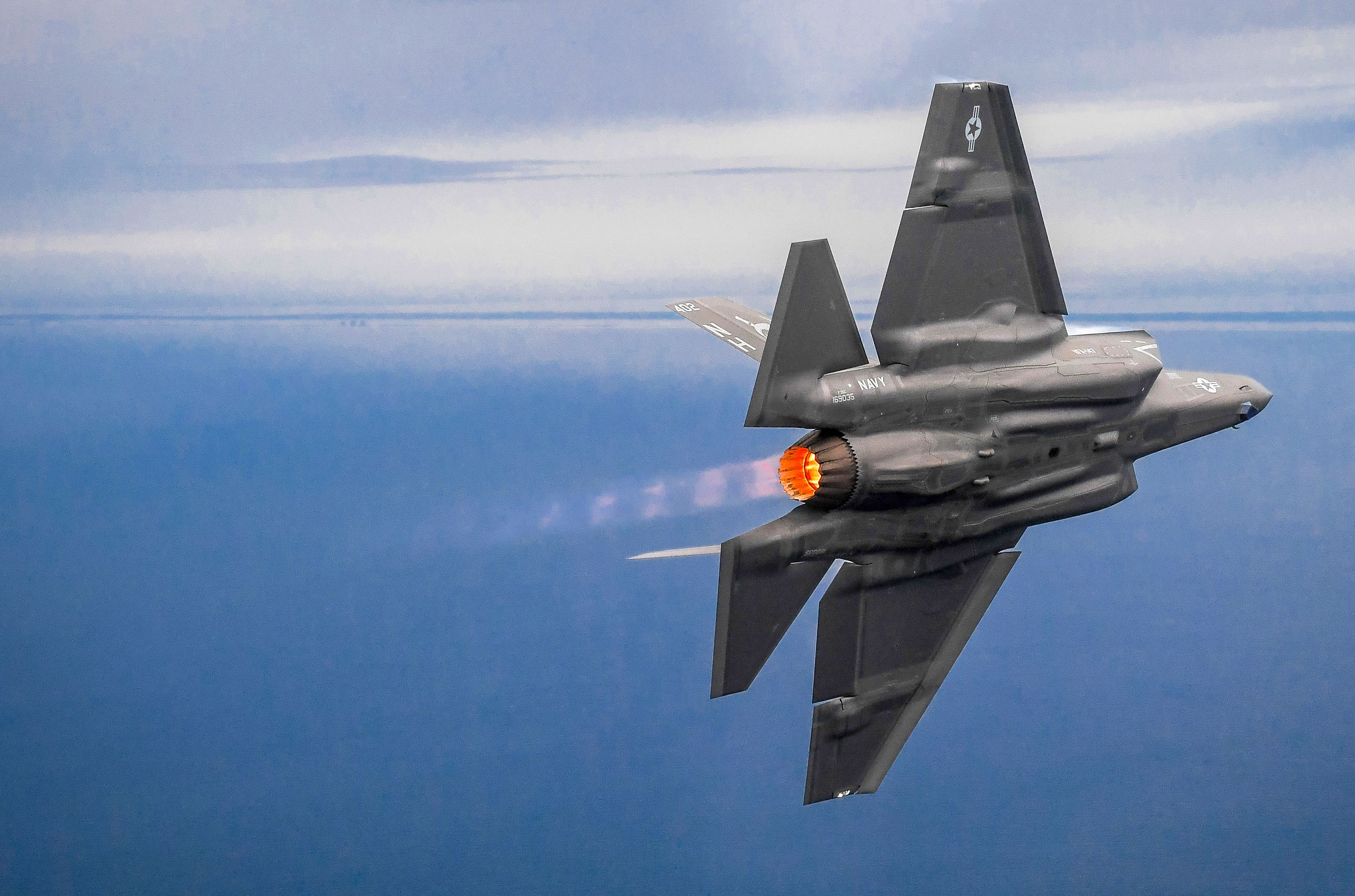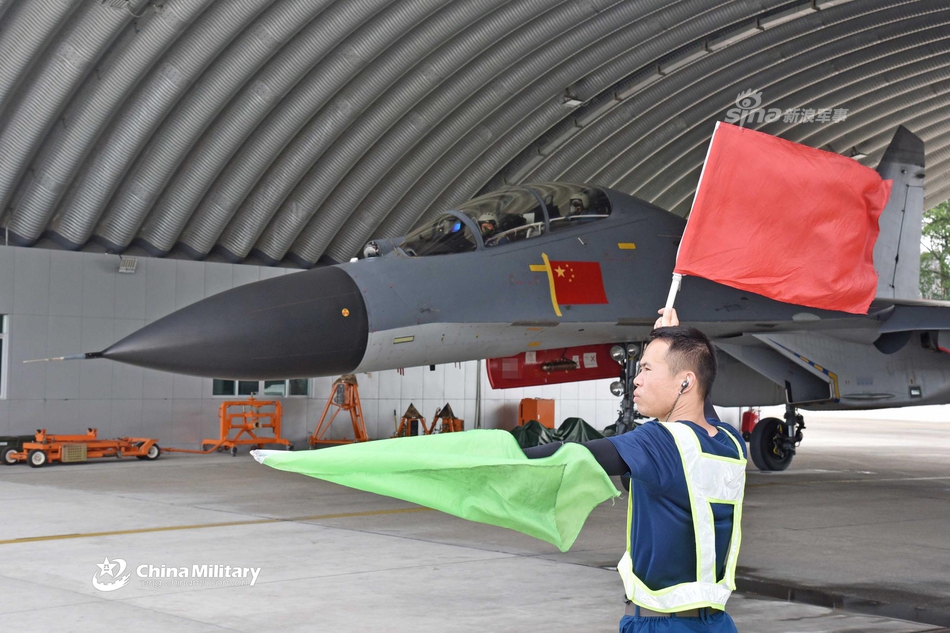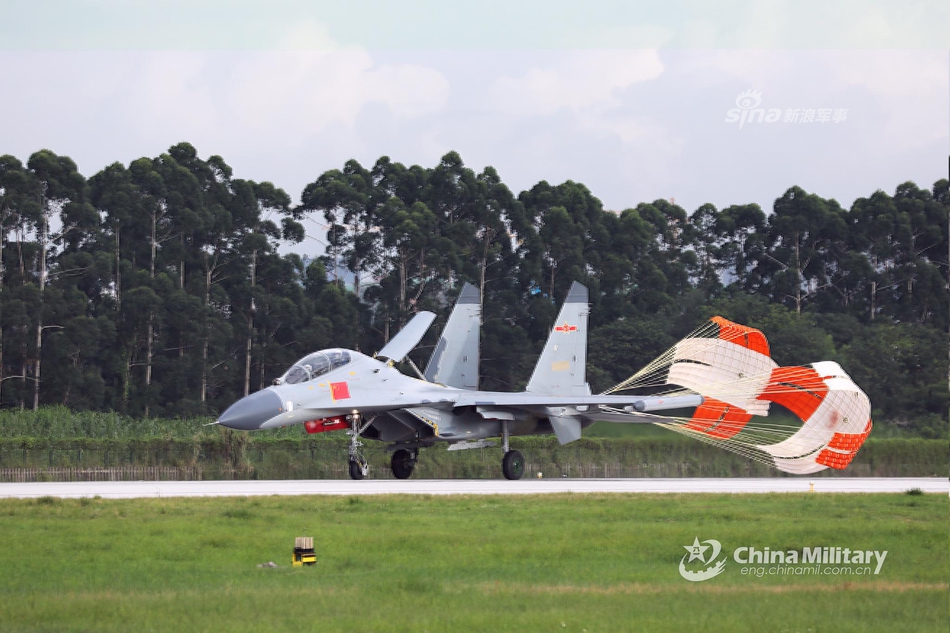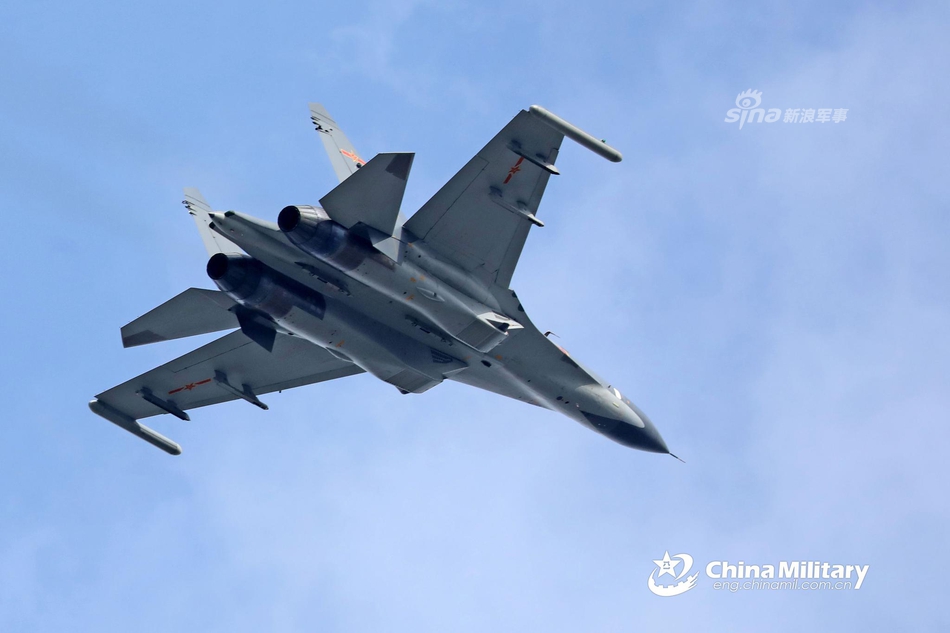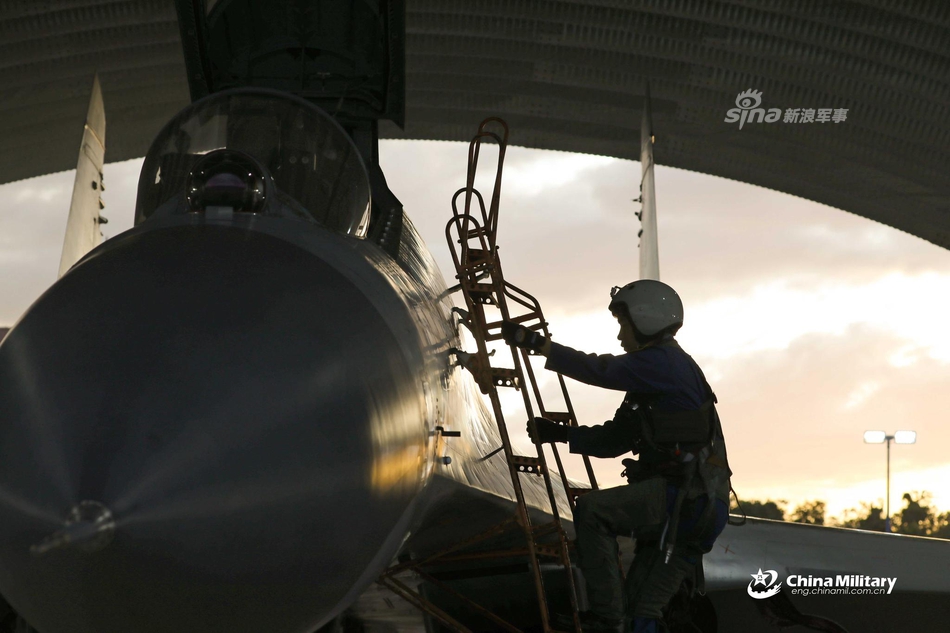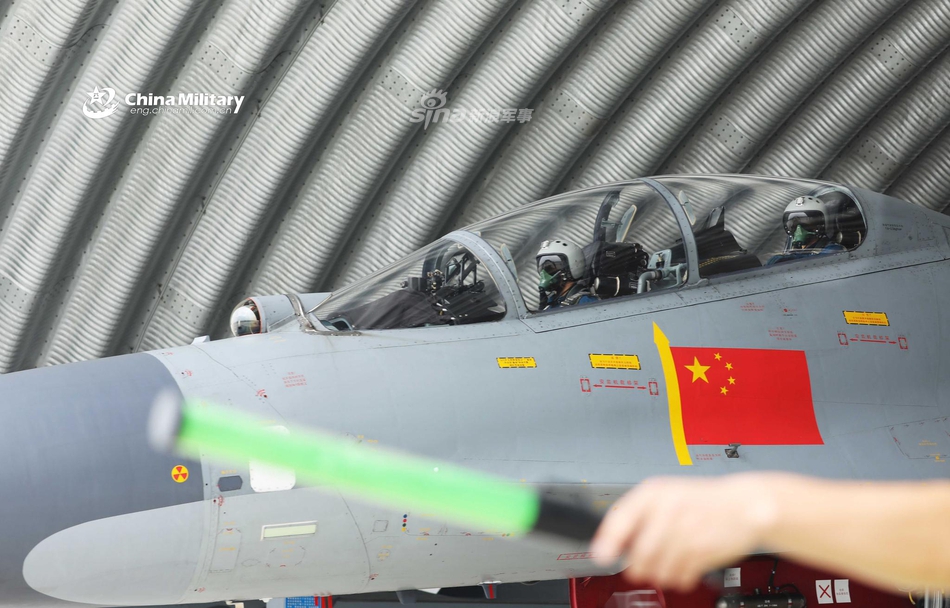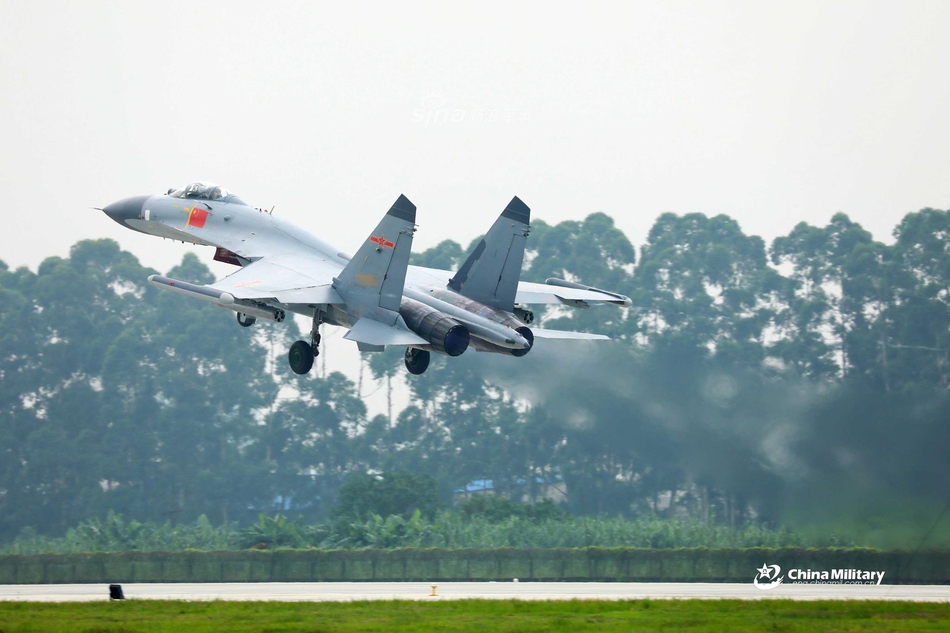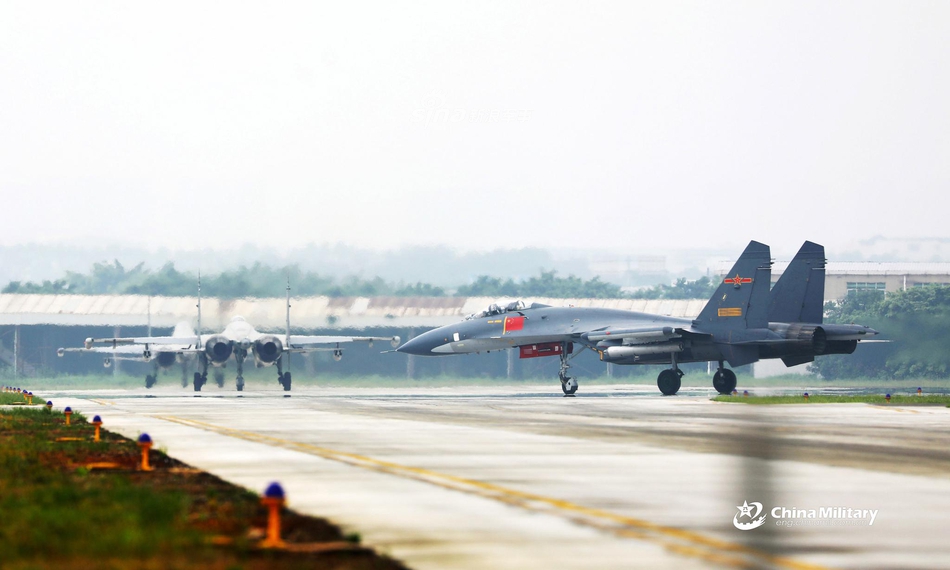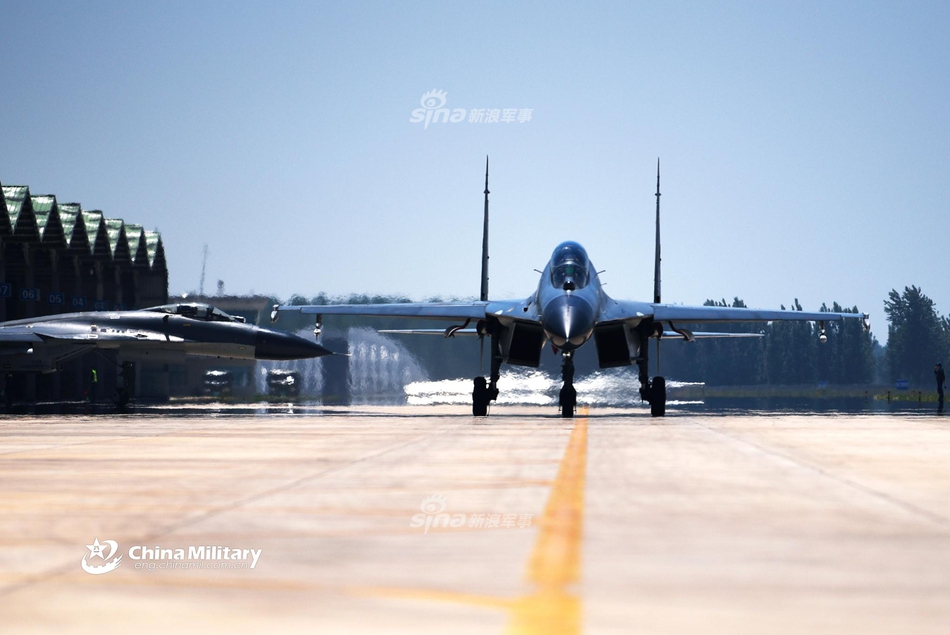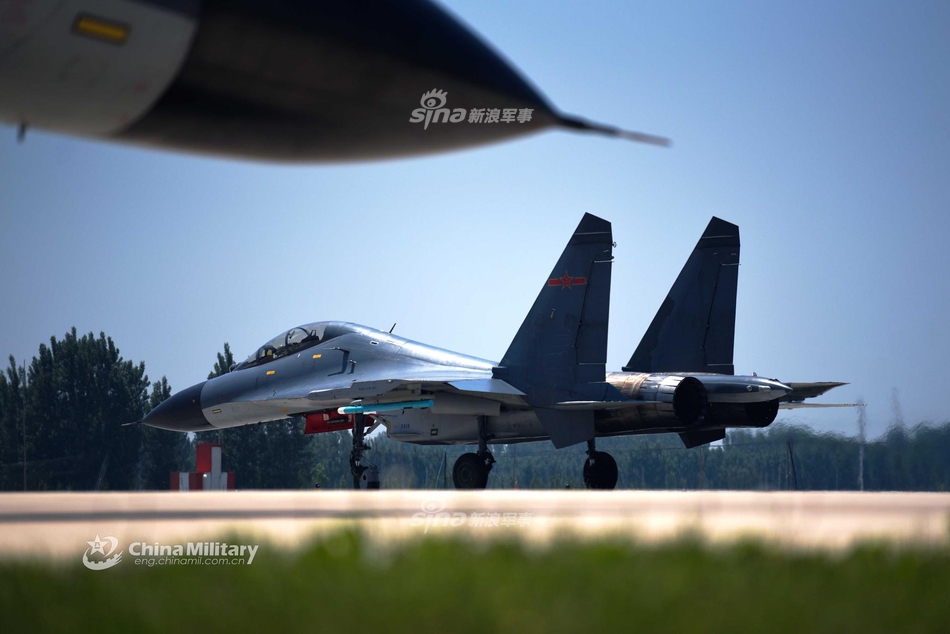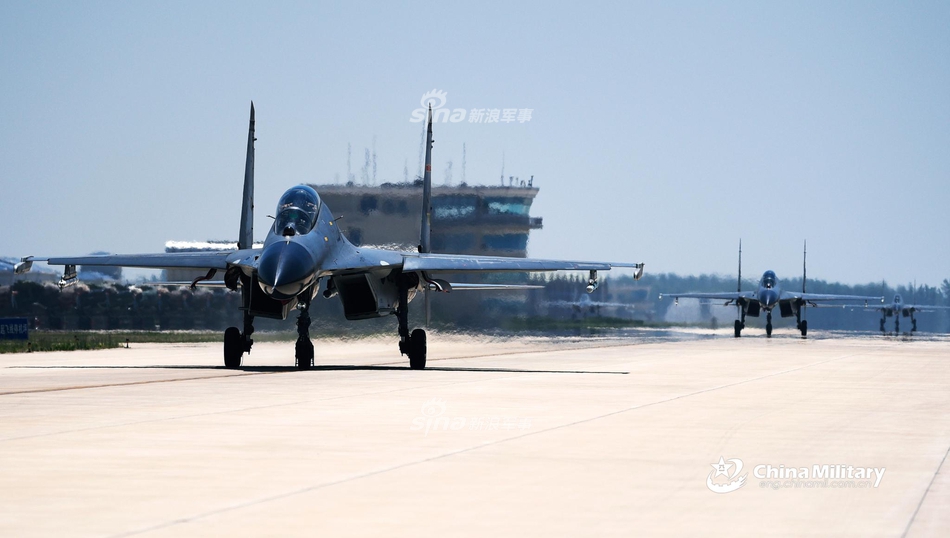https://mil.news.sina.com.cn/jssd/2019-07-04/doc-ihytcerm1319094.shtml
美军130亿造福特航母竟不能起飞F35 只好向民间求助
美军130亿造福特航母竟不能起飞F35 只好向民间求助
135
据《突发防务》新闻网3日报道,美国海军对最新的“福特”号航母的设计弊端,开始失去耐心!
美国海军甚至决定要从军火行业外寻找专家,解决“福特”号航母研制厂家无法解决的技术难题。
美国海军耗费130亿美元打造了最新一代超级航母“福特”号(USS Gerald R。 Ford,CVN–78),但交付之后,问题却层出不穷,至今无法服役和实施执勤任务。
美国海军在长期等待后,耐心开始消失,担心厂家难以解决“福特”号技术问题缠身的毛病,为此美国海军已动员由民间和政府专家组成的独特团队,设法了解究竟故障是怎么回事。
为了能收集崭新的观点,美国海军从国防工业圈外挑选专家,希望能靠他们的专业技能,解决复杂的多个电磁系统的问题。事实证明,无论对美国海军,或是对造船厂亨廷顿英戈尔斯工业公司来说,电磁领域的多种技术都尚未完全获得掌握。
美国国会近期开始加强对海军施压,因为他们发现福特级航空母舰面临的问题相当严重,主要问题在于新式的福特级航母电磁弹射系统与拦阻索装置故障频繁,至今仍无法运用F–35C战机。目前军方甚至估计改善这些问题需要近十年的时间,这意味着至少在2027年以前福特级航母可能无法让F–35C起降。美国会要求,如果这个问题不解决,将禁止海军接收打造完工的福特级航母。
据美媒报道,命运多舛的美军下一代福特级航母面临重大难题,之前已被特朗普总统点名毫无用处的“电磁弹射系统”,从装配完成开始就问题多多。现在美国国会发现福特级的舰载战机主力F–35C竟然无法适用现有的福特号电磁弹射系统,因而无法在航母甲板上起飞,议员对此非常不满。此外,舰载机着舰使用的拦阻索也有问题未解决。这意味着F–35C将很长时间里无法在下一代福特级航母上起飞,也无法在舰上降落。
美国海军官员不愿透露专业团队成员的身分,但说他们从6月开始,就在设法让“福特”号的11台电磁武器升降装置启动并运行。美国海军部长史宾塞(Richard Spencer)之前向总统特朗普承诺,在航母恢复海试前,先进武器升降机就能安装完成并使用,否则特朗普可以炒他鱿鱼。不过,目前该航母依然只有其中两台武器升降机能用,而这意味工作人员无法迅速从舱内取得武器弹药,为准备起飞的战机补充武器。
美国海军研发与采购助理部长戈伊兹(James F。 Geurts)在声明中表示,如今军方已集结了专家小组,将以最迅速有效的方式,和造船厂合力解决武器升降机的问题。他指出,团队将建议设计要做哪些新调整,以改善福特级其他航母的升降机。
对美国海军来表示,全新航母最关键的全新技术——电磁系统存在严重设计缺失,另一项采购和维修领域的重挫。除了航母的种种问题外,下一代哥伦比亚级核潜艇上也出现了导弹发射管焊接不良的严重问题。(作者署名:空中世界加特林)
The US military's 13 billion Ford aircraft carrier could not take off F35 and had to resort to the private sector.
The US military's 13 billion Ford aircraft carrier could not take off F35 and had to resort to the private sector.
135
According to the "Sudden Defense" news network reported on the 3rd, the US Navy began to lose patience with the design flaws of the latest "Ford" aircraft carrier!
The US Navy even decided to seek experts from outside the arms industry to solve the technical problems that the "Ford" aircraft carrier manufacturers could not solve.
The US Navy spent $13 billion to build the latest generation of super aircraft carrier "Ford" (USS Gerald R. Ford, CVN-78), but after delivery, the problems are endless, and it is still unable to serve and perform duty duties.
After the US Navy waited for a long time, patience began to disappear, fearing that it was difficult for manufacturers to solve the problem of the "Ford" technical problem. For this reason, the US Navy has mobilized a unique team of private and government experts to find out what the fault is.
In order to collect new ideas, the US Navy selects experts from outside the defense industry circle, hoping to solve complex electromagnetic problems by relying on their professional skills. It turns out that many technologies in the electromagnetic field are not fully understood, either for the US Navy or for the shipyard Huntington Ingles Industries.
The US Congress has recently stepped up pressure on the Navy because they found that the Ford-class aircraft carrier is facing serious problems. The main problem is that the new Ford-class aircraft carrier electromagnetic ejection system and the damper device are frequently faulty, and the F-35C is still not available. At present, the military even estimates that it will take nearly a decade to improve these problems, which means that the Ford-class aircraft carrier may not be able to take off and land the F-35C until at least 2027. The United States will require that if the issue is not resolved, the Navy will be banned from receiving the completed Ford-class aircraft carrier.
According to US media reports, the fate of the US military's next-generation Ford-class aircraft carrier faces major problems. The "electromagnetic ejection system", which was previously used by President Trump to useless, has had many problems since the assembly was completed. Now the US Congress has found that the F-35C, the main force of the Ford-class carrier aircraft, cannot be applied to the existing Ford electromagnetic ejection system, so it cannot take off on the deck of the aircraft carrier. Members are very dissatisfied with this. In addition, there are problems with the slinger used on the carrier's aircraft. This means that the F-35C will not be able to take off on the next-generation Ford-class aircraft carrier for a long time, nor will it land on the ship.
US Navy officials are reluctant to disclose the identity of professional team members, but said that they have been trying to get the 11 Ford's 11 electromagnetic weapon lifting devices up and running since June. US Secretary of the Navy Richard Spencer promised to President Trump that the advanced weapon lifts could be installed and used before the aircraft carrier resumed the sea test, otherwise Trump could fire his squid. However, at present, the aircraft carrier still only has two of the weapon lifts available, which means that the staff cannot quickly obtain weapons and ammunition from the cabin and supplement the weapons for the aircraft preparing for take-off.
US Secretary of State for R&D and Procurement, James F. Geurts, said in a statement that the military has assembled a team of experts to work with shipyards to solve the problem of weapons and elevators in the most rapid and efficient manner. He pointed out that the team would recommend new adjustments to the design to improve the lifts of other Ford-class aircraft carriers.
To the US Navy, the new technology of the new aircraft carrier is the most critical new technology - the electromagnetic system has a serious design loss, another fall in the field of procurement and maintenance. In addition to the problems of aircraft carriers, the next generation of Columbia-class nuclear submarines also has serious problems of poor welding of missile launch tubes. (Author's signature: Air World Gatlin)
https://www.checkpointasia.net/new-us-aircraft-carriers-cant-launch-f-35s-until-2027/
US Navy’s New $14 Billion Carrier Class Can’t Launch F-35s
MIC's destruction of Empire's naval power continues apace
Invincible Empire
Joseph Trevithick8 Jun 19 1362
0
Members of Congress want to make it illegal for the U.S. Navy to accept delivery its next Ford-class aircraft carrier, the future USS
John F. Kennedy,
unless it can launch and recover
F-35C Joint Strike Fighters.
But the proposal highlights something that is perhaps more damning, that the USS Gerald R. Ford cannot deploy those stealthy aircraft in its present configuration. This just
adds to the woes for the troubled first-in-class flattop two years after its delivery.
The House Armed Services Committee’s Subcommittee on Seapower and Projection Forces included the provision in a draft of the annual defense policy bill, or National Defense Authorization Act (NDAA), for the upcoming 2020 Fiscal Year, which it
released publicly on June 3, 2019.
The ship that is due to become officially named the USS John F. Kennedy, and is also known by its hull number CVN-79,
is already under construction at Newport News Shipbuilding in Virginia. Just on May 29, 2019, workers lowered the 588-ton island, which stands 72 feet tall,
into position on the deck, a major milestone that means
the ship is now more than 90 percent structurally complete, though much work remains to do.
The Navy expects to commission the new carrier in 2024.
“This section would require the Secretary of the Navy to ensure that the aircraft carrier to be designated CVN-79 is capable of deploying with the F-35 prior to accepting delivery,” the draft NDAA text
states bluntly. It is important to note that
there is no guarantee that it will be in any final version of the bill that goes to a full vote later this year or that it will become law.
But the more important thing here is that this is an admission that the Ford herself, which the Navy officially took delivery of in May 2017, cannot, at present, can’t deploy the F-35C at all. The service declared initial operational capability with this carrier-based version of the Joint Strike Fighter
in February 2019 and the jets are supposed to make
their first operational deployment aboard the
Nimitz-class USS
Carl Vinson in 2021.
The Seapower and Projection Forces Subcommittee’s language doesn’t say why this is the case, though Congressional staffers blamed it on previously legislated cost-cutting efforts, which legislators are also looking to repeal. In 2016, Congress demanded the Navy deliver reports on how it could try to keep the final bill for
Ford, as well as
the price tags of the other upcoming ships in the class, under control. The goal was to put a cap of no more than $11 billion on
Kennedy‘s ultimate cost, which it
reportedly has already exceeded.
But “CVN-79 will not be able to deploy with F-35s when it’s delivered to the Navy as a direct result of that cost cap,” Seapower and Projection Forces committee staffer told reporters,
according to USNI News. “So when that cost cap was imposed, the Navy traded that capability off and chose to build that back in on the back end.”
The assertion is that these funding shortfalls have delays efforts to fix a host of issues on the Ford. When it comes to the lack of F-35 capability specifically, the most likely culprits are the Electromagnetic Aircraft Launch System (EMALS) and the Advanced Arresting Gear (AAG).
These electrically-powered and electronically-controlled systems are supposed to give the
Ford-class more control over the finer aspects of the launch and recovery process. The Navy claims this will improve sortie generation rates, reduce wear and tear on aircraft, and increase reliability and safety across the board.
The War Zone has explored on
multiple occasions how
both systems, in practice, have chronically underperformed. The problems have been so persistent, that the
Ford has been unable to meet its performance targets for launching and recovering aircraft even after the Navy lowered the bar with a “
re-baselined reliability growth curve.”
These issues are well known at this point and President Donald Trump has now railed
against the troubled catapults, in particular, on
more than one occasion. During a recent trip to Japan, he claimed
that may order the Navy to return to using steam catapults in future carriers. In an Email to
The War Zone, Naval Sea Systems Command declined to comment on whether this was true or if it was even exploring alternative options for any future
Ford-class ships.
Difficulties with EMALS and AAG have also resulted in delays in creating so-called “launch and recovery bulletins” that define the parameters for launching and recovering certain aircraft in certain configurations.
As of February 2019, the
Ford could only deploy
F/A-18E/F Super Hornets or
EA-18G Growlers with certain loadouts, though the Navy expected to have this issue resolved by the end of the year.
It’s not clear when the Navy expects to even start validating the launch and recovery bulletins for the F-35C.
In 2014, the Government Accountability Office (GAO), a Congressional watchdog, warned that Ford-class carriers might not have the ability to deploy with the Joint Strike Fighters until 2027 at the very earliest. The report also noted that, at the time, the Navy had not included the F-35C is in land-based testing of the AAG at all.
In that same report, GAO had expressed concerns about the regular delivery of spare parts for the jets to the carrier, especially replacement engines, to ensure adequate F-35C mission capable rates, something that remains an issue for the jets,
in general. The Navy says that its new
CMV-22B Osprey tilt-rotor will be able to sufficiently replace the aging
C-2 Greyhound in the Carry Onboard Delivery (COD) role, including carrying the F-35’s engine.
Of course, the EMALS, AAG, and its inability to deploy the F-35C are just some of Ford‘s many woes. Just recently, the Navy admitted that not all of the ship’s advanced weapon elevators, which bring ordnance and other equipment up to the main deck,
would be working by the time it returned to the fleet following a scheduled maintenance availability. The maintenance availability had already been extended due to a
separate propulsion system issue.
Ford is now not expected to return to whatever kind of duty it is capable of until at least October 2019.
As it stands now, two years after the Navy received the ship, only a pair of Ford’s 11 AWEs are working. It’s unclear when they all might get certified for regular use. The Navy is now planning to build a
land-based test facility for the elevators, but that won’t become operational until sometime in 2020. The elevators are absolutely critical to the ship’s ability to fight. In January 2019, Secretary of the Navy Richard Spencer had said Trump
should fire him if the elevator issue didn’t get resolved by the end of the summer.
All of these issues – and there are many more – can only call into question Ford‘s utility in any capacity, including non-combat training and test missions. Members of Congress are clearly increasingly worried that the next ship in the class will be similarly limited. Just on June 4, 2019,
Raytheon announced the completion of the final developmental test of the carrier’s integrated combat management system.
These persistent problems also come in the aftermath of a brief, but acrimonious battle between legislators and the Navy, along with the Pentagon and the White House, about the timeline
for retiring Nimitz-class carriers. The Trump Administration
has now backtracked completely on its
still puzzling proposal to retire the USS
Harry S. Truman prematurely and Congress is looking
to prevent any reversal of that decision, but at a certain point, the existing flattops will begin to age out. The Navy already needs a functional replacement for the now decommissioned one-of-a-kind
USS Enterprise.
If the Navy can’t start making real progress on the
Ford program’s troubles, the service risks real operational shortfalls regardless of whether or not ships can deploy the F-35C.
Source:
The Drive
Invincible Empire
https://www.businessinsider.sg/the-...ry-its-new-stealth-fighters-2019-6/?r=US&IR=T
The Navy’s newest supercarriers can’t deploy with the new F-35 stealth fighters, and Congress is not happy about it
Ryan Pickrell,
Business Insider US
June 7, 2019
AddThis Sharing Buttons
Share to WhatsApp
WhatsAppShare to FacebookFacebookShare to TwitterTwitterShare to LinkedInLinkedInShare to WeChat
WeChat
The future USS Gerald R. Ford (CVN 78) is seen underway on its own power for the first time on April 8, 2017 in Newport News, Virginia. Mass Communication Specialist 2nd Class Ridge Leoni/U.S. Navy via Getty Images
- The Navy has been accepting new aircraft carriers unfinished and lacking key capabilities in an apparent effort to skirt cost caps.
- The USS Gerald R. Ford and the future USS John F. Kennedy do not and will not have the ability to deploy with fifth-generation F-35 Lightning II Joint Strike Fighters until post-delivery modifications have been completed.
- Lawmakers have decided to change things up with new legislation that will require the Navy to give the Kennedy this capability before it takes delivery of the carrier.
- Visit Business Insider’s homepage for more stories.
The new Ford-class supercarriers are being delivered to the US Navy without the ability to deploy with the service’s new stealth fighters, and lawmakers have decided to put a stop to it.
It’s very difficult to get something like an aircraft carrier cheaply and quickly and have it work well. In the case of the Ford-class carriers, the Navy program is facing cost overruns, delivery delays, and missing capabilities.
The Navy has been accepting unfinished aircraft carriers that are lacking critical capabilities, such as the ability to deploy with fifth-generation fighters.
The service has been planning to complete the necessary work after delivery to skirt the caps imposed by Congress to keep costs from soaring, USNI News
reported this week. The workaround ultimately results in higher costs in the long run.
The USS Gerald R. Ford (CVN-78), which should be delivered back to the fleet this fall, currently lacks the ability to deploy with F-35s, and the USS John F. Kennedy (CVN-79), which is still in the works, will not be able to deploy with F-35s either, at least not upon initial delivery.
That’s a big problem for Congress.
“CVN-79 will not be able to deploy with F-35s when it’s delivered to the Navy,” a congressional staffer said this week, telling reporters that it’s “unacceptable to our members that the newest carriers can’t deploy with the newest aircraft.”
The Navy argues that while the newest carriers may not be ready to carry F-35s upon delivery due to the need for additional modifications, none of which require significant redesigns to the ship, they will be ready to go by the time the air wing is stood up and the carrier-based F-35Cs are ready for operational deployment aboard the Navy’s new flattops.
The “F-35C modifications for CVN-78 and CVN-79 are currently scheduled for a future post-delivery modernization maintenance period that will occur prior to the planned F-35C operations on those carriers,” Captain Daniel Hernandez, a spokesman for the Navy acquisitions chief, told Business Insider.
The two follow-on Ford-class carriers, CVN-80 and 81, “will be constructed with those modifications made during construction and will not require a post-delivery modification,” he further explained.
Congress isn’t having it
Lawmakers, however, are not satisfied with the Navy’s plans.
The House Armed Services Committee’s Subcommittee on Seapower and Projection Forces has
included a line in the Fiscal Year 2020 National Defense Authorization Act, which is still ongoing legislation, requiring that the USS John F. Kennedy be capable of deploying with F-35s before the Navy takes delivery of the new carrier.
Experts agree that it’s time for action.
“I think it’s a good idea to drive the Navy to make the ship more complete when it’s delivered because that’s a problem that’s getting worse, not better,” Bryan Clark, a defense expert and former Navy officer, told Business Insider, explaining that Congress will need to provide financial relief as changes to the service’s current approach to aircraft carrier development will likely result in higher upfront costs.
Lawmakers have proposed amending the cost caps on the new supercarriers, a change the Navy welcomes.
“The Navy supports the lifting of cost caps on CVN78 – CVN81 so that it can take full advantage of opportunities to deliver capability earlier and more rapidly incorporate new requirements into the ship baseline,” Hernandez told Business Insider.
The new legislative measures could address a serious problem for the Navy that truthfully extends well beyond the ability of its new carriers to carry F-35s.
With the USS Gerald R. Ford, the Navy has faced challenges with the electromagnetic aircraft launch system and the arresting gear for recovering planes, the propulsion system, and the advanced weapons elevators, basically everything required for an effective next-generation aircraft carrier.
Read more: Trump’s Navy secretary bet his job on getting a critical supercarrier weapon system to work. The Navy says it won’t be ready in time.
https://news.usni.org/2019/06/03/co...-class-inability-to-deploy-with-f-35-fighters
Congress Unhappy With Ford-Class Inability to Deploy With F-35 Fighters
By:
Ben Werner
June 3, 2019 6:33 PM
The island of the aircraft carrier John F. Kennedy (CVN-79) is landed onto the flight deck during a mast-stepping ceremony at Huntington Ingalls Industries Newport News Shipbuilding in Newport News, Va., May 29, 2019. Navy photo.
CAPITOL HILL – The Navy’s newest aircraft carriers are being delivered without the capability to deploy with the service’s most advanced fighters, a situation lawmakers call unacceptable.
The House Armed Services seapower and projection forces subcommittee included in its Fiscal Year 2020 National Defense Authorization Act mark language a prohibition for the Navy to accept delivery of its next Ford-class carrier,
John F. Kennedy (CVN-79), unless the carrier can deploy with F-35C Lighting II Joint Strike Fighters, a committee staff member said during a media briefing Monday. The carrier is expected to be christened by the end of 2019.
Cost caps imposed by Congress on the Ford-class program to keep the price of these ships from escalating have accomplished the opposite effect, with the Navy accepting delivery of unfinished carriers and intending to pay more money later on to add critical capabilities in the future, the committee staff member said.
An artist’s concept of the future carrier Enterprise (CVN-80). DoD Image
“CVN-79 will not be able to deploy with F-35s when it’s delivered to the Navy as a direct result of that cost cap. So when that cost cap was imposed, the Navy traded that capability off and chose to build that back in on the back end,” the committee staffer said. “That’s unacceptable to our members that the newest carriers can’t deploy with the newest aircraft.”
Making the carriers able to deploy with F-35s was just one example of work deferred until after delivery, the staffer said. Some capabilities are installed during post-shakedown availability (PSA), in a growing trend that is among the reasons
Ford‘s PSA is running several months over schedule. Other capabilities are delayed until regularly scheduled maintenance availabilities even later in the ship’s life.
Last week, the Navy’s top weapons buyer conceded
USS Gerald R. Ford (CVN-78) would not have all of its advanced weapons elevators working when the ship leaves its PSA in October. Currently, only two of 11 weapons elevators work properly, and when the ship leaves the yard in the fall it will depart with only some elevators working, Navy acquisition chief James Geurts told reporters last week.
“We are working right now with the fleet on what elevators do we need to have complete so they can exercise all the function in October, and for any of that work that isn’t done, how we’re going to feather that work in over time,” Geurts said last week.
By delaying work on ships to satisfy spending caps, seapower subcommittee members are concerned the Navy is causing the overall price of these capital ships to increase dramatically. Any cost savings gleaned from production efficiencies are lost when capabilities are added in later, the committee staff member said.
A U.S. Navy F-35C Lightning II, attached to Commander, Joint Strike Fighter Wing, the ‘Argonauts’ of Strike Fighter Squadron (VFA) 147, completes a flight over Eglin Air Force Base in Fort Walton Beach, Fla., Feb. 1, 2019. US Navy Photo
The committee mark recommends repealing the carrier cost caps. The next two carriers, CVN-80 and CVN-81, are being purchased two-carrier buy that’s a fixed-price contract, so a cost cap isn’t needed anyway. The cost cap for
Gerald R. Ford was adjusted a few times but ended up being $12.8 billion.
John F. Kennedy’s cost cap is $11 billion, according to committee staff members.
The subcommittee is also seeking to wring out savings from the Navy’s amphibious transport dock program by authorizing the purchase an LPD-17 Flight II ship in FY 2020. The LPDs cost about $1.8 billion each.
The Navy purchased its first LPD-17 Flight II ship, LPD-30, in FY 2018 and received $350 million in advance procurement funding last year to purchase LPD-31, with the idea the ship would be bought during FY 2020. However, the
White House FY 2020 budget request did not include the remainder of the funding for the LPD in FY 2020, asking instead to buy an LPD in FY 2021 and another LPD in 2023. Navy leadership said the acquisition of LPD-31 was being deferred a year to make room in the shipbuilding budget for an additional attack submarine, which was deemed to be of greater need to the fleet.
The seapower subcommittee mark authorizes the Navy to purchase LPD-31 and the additional attack submarine in FY 2020, the committee staff member said.
























